Acute toxicity of pymetrozine and flonicamid in two stingless bee species
DOI:
https://doi.org/10.18633/biotecnia.v26.2356Keywords:
survival, locomotion, Melipona beecheii, Nannotrigona perilampoidesAbstract
Stingless bees Melipona beecheii and Nannotrigona perilampoides are crucial for the Neotropical region due to their ecological and economic importance. However, the widespread use of systemic insecticides in agroecosystems raises concerns about their potential adverse effects on these essential pollinators. This study assessed the acute effects (2-12 h) of flonicamid (Beleaf®) and pymetrozine (Plenum®) on the survival and locomotion of M. beecheii and N. perilampoides. Bees were exposed to 250 mg/L of flonicamid and 500 mg/L of pymetrozine via oral and residual contact in the laboratory. Survival was measured at four, eight, and 12 h, while locomotion was evaluated by walking speed and flight activity at two hours. In M. beecheii, oral exposure impacted survival only at 12 h, with no residual effects. In N. perilampoides, oral exposure did not affect survival, but residual exposure did. Both insecticides reduced locomotion in M. beecheii only with oral exposure, whereas N. perilampoides showed negative effects from both exposure types. These findings highlight the importance of evaluating systemic insecticides' impacts on different bee species and considering multiple exposure routes to accurately assess toxicity and mitigate risks to pollination and the environment.
Downloads
References
Abramson, C.I., Sokolowski, M.B.C., Brown, E.A. y Pilard, S. 2012. The effect of pymetrozine (Plenum WG-50®) on proboscis extension conditioning in honey bees (Apis mellifera: Hybrid var. Buckfast). Ecotoxicology and Environmental Safety 78, 287–295.
Anwar, M.I., Sadiq, N., Aljedani, D.M., Iqbal, N., Saeed, S., Khan, H.A.A., Naeem-Ullah, U., Aslam, H.M.F., Ghramh, H.A. y Khan, K.A. 2022. Toxicity of different insecticides against the dwarf honey bee, Apis florea Fabricius (Hymenoptera: Apidae). Journal of King Saud University-Science 34, 101712.
Badawy, M.E.I., Nasr, H.M. y Rabea, E.I. 2014. Toxicity and biochemical changes in the honey bee Apis mellifera exposed to four insecticides under laboratory conditions. Apidologie 46, 177–193.
Bernardes, R.C., Botina, L.L., Araújo, R.D.S., Guedes, R.N.C., Martins, G.F. y Lima, M.A.P. 2022. Artificial intelligence-aided meta-analysis of toxicological assessment of agrochemicals in bees. Frontier in Ecology and Evolution. 10:845608.
Bernardes, R.C., Tomé, H.V.V., Barbosa, W.F., Guedes, R.N.C. y Lima, M.A.P. 2017. Azadirachtin-induced antifeeding in Neotropical stingless bees. Apidologie 48:275–285.
Caro, A., Moo-Valle, H., Alfaro, R. y Quezada-Euán, J.J.G. 2017. Pollination services of Africanized honey bees and native Melipona beecheii to buzz-pollinated annatto (Bixa orellana L.) in the neotropics. Agricultural and Forest Entomol. 19, 274.
Cham, K.O., Nocelli, R.C.F., Borges, L.O., Viana-Silva, F.E.C., Tonelli, C.A.M., Menezes, O.M.C., Rosa-Fontana, A.S., Blochtein, B., Freitas, B.M., Pires, C.S.S., Oliveira, F.F., Contrera, F.A.L., Torezani, K.R.S., Ribeiro, M.F., Siqueira, M.A.L. y Rocha, M.C.L.S.A. 2018. Pesticide exposure assessment paradigm for stingless bees. Environmental Entomology, 20, 1-13.
Devi, P.I., Manjula, M. y Bhavani, R.V. 2022. Agrochemicals, environment, and human health. Annual review of environment and resources. 47:399–421.
Di Rienzo J.A., Casanoves F., Balzarini M.G., Gonzalez L., Tablada M. y Robledo C.W. 2018. InfoStat versión 2018. Centro de Transferencia InfoStat, FCA, Universidad Nacional de Córdoba, Argentina. URL http://www.infostat.com.ar
Fairbrother, A., Purdy, J., Anderson, T. y Fell, R. 2014. Risks of neonicotinoid insecticides to honeybees. Environmrntal Toxicology Chemestry. 33, 719-731.
FAOSTAT (2021) FAOSTAT. Consultado el 28 de marzo 2024. Disponible en: https://www.fao.org/faostat/en/#data/RP.
Field, L.H. y Matheson, T. 1998. Chordotonal organs of insects. Advances in Insect Physiology. 27:1–230.
Góngora-Gamboa, C., Ruiz-Sánchez, E., Ballina-Gómez, H., González-Moreno, A. y Zamora-Bustillos, R. 2022. Survival rate of the neotropical stingless bees Nannotrigona perilampoides and Frieseomelitta nigra after exposure to five selected insecticides, under controlled conditions. Insects 13(10):961.
González-Acereto, J.A., Quezada-Euán, J.J.G. y Medina-Medina, L.A. 2006. New perspectives for stingless beekeeping in the Yucatan: results of an integral program to rescue and promote the activity. Journal of Apicultural Research. 45:234-239.
Goulson, D. 2013. An overview of the environmental risks posed by neonicotinoid insecticides. Journal of Applied Ecology. 50, 977–987.
Huang, Z., Sun, Z., Liu, J., Ju, X., Xia, H., Yang, Y., Chen, K. y Qiang, W. 2023. Insect transient receptor potential vanilloid channels as potential targets of insecticides. Developmental & Comparative Immunology. 148, 104899.
Kavlie, R.G. y Albert J.T. 2013. Chordotonal organs. Current Biology. 23,9 R334.
Leite, D.T., Sampaio, R.B., Chambó, E.D., Aguiar C.M.L., de Godoy, M.S. y de Carvalho, C.A.L. 2021. Toxicity of chlorpyrifos, cyflumetofen, and difenoconazole on Tetragonisca angustula (Latreille, 1811) under laboratory conditions. International Journal of Tropical Insect Science. 42, 435–443.
Lima, M.A.P., Martins, G.F., Oliveira, E.E. y Guedes, R.N.C. 2016. Agrochemical‑induced stress in stingless bees: peculiarities, underlying basis, and challenges. Journal of Comparative Physiology A. 202, 733-747.
Maienfisch, P. 2019. Selective Feeding Blockers: Pymetrozine, Flonicamid, and Pyrifluquinazon. En: Modern Crop Protection Compounds. Jeschke P., Witschel M., Krämer W. y Schirmer U. (eds.). pp. 1501–1526. John Wiley & Sons, Ltd, Weinheim, Germany.
May-Itzá, W.J., Araujo-Freitas, C., Paxton, R.J., Moo-Valle, H., Medina-Medina, L.A., y Quezada-Euán JJG. 2021. Stingless bees in urban areas: low body size and high frequency of diploid males at mating congregations of Nannotrigona perilampoides (Hymenoptera: Meliponini) in Mérida, Yucatán, México. Apidologie 52, 755–766.
Meikle, W.G. y Weiss, M. 2022. Field and cage studies show no effects of exposure to flonicamid on honey bees at field-relevant concentrations. Insects, 13, 845.
Nesterov, A., Spalthoff, C., Kandasamy, R., Katana, R., Rankl, N.B., Andrés, M., Jähde, P., Dorsch, J.A., Stam, L.F., Braun, F-J., Warren, B., Salgado, V.L. y Göpfert, M.C. 2015. TRP channels in insect stretch receptors as insecticide targets. Neuron 86, 665–671.
Pereira, R.C., Júnior, J.O.L.V., Barcelos, J.V.P.L., Peçanha, L.S., França, T.A., Mendonça, L.V.P., da Silva, W.R., Samuels, R.I. y Silva, G.A. 2023. The stingless bee Trigona spinipes (Hymenoptera: Apidae) is at risk from a range of insecticides via direct ingestion and trophallactic exchanges. Pest Management Science. 80, 2188-2198.
Piovesan, B., Padilha, A.C., Morais, M.C., Botton, M., Grützmacher, A.D. y Zotti, M.J. 2020. Effects of insecticides used in strawberries on stingless bees Melipona quadrifasciata and Tetragoniscafiebrigi (Hymenoptera: Apidae). Environmental Science and Pollution Research 27:42472–42480.
Qiao, X., Zhang, X., Zhou, Z., Guo, L., Wu, W., Ma, S., Zhang, X., Montell, C. y Huang, J. 2022. An insecticide target in mechanoreceptor neurons. Science Advances. 8, eabq3132.
Quezada-Euán, J.J.G. 2018. Stingless bees of Mexico the biology, management and conservation of an ancient heritage. New York, NY: Springer.
Real-Luna, N., Rivera-Hernández, J.E., Alcántara-Salinas, G., Rojas-Malavasi, G., Morales-Vargas, A.P. y Pérez-Sato, J.A. 2022. Las abejas sin aguijón (Tribu Meliponini) en los agroecosistemas de América Latina. Revista Mexicana de Ciencias Agrícolas. 13 (2).
Salgado, VL. 2017. Insect TRP channels as targets for insecticides and repellents. Journal of Pesticide Science. 42(1), 1–6.
Sharma, A., Kumar, V., Shahzad, B., Tanveer, M., Sidhu, G.P.S., Handa, N., Kohli, S.K., Yadav, P., Bali, A.S., Parihar, R.D., Dar, O.I., Singh, K., Jasrotia, S., Bakshi, P., Ramakrishnan, M., Kumar, S., Bhardwaj, R. y Thukral, A.K. 2019. Worldwide pesticide usage and its impacts on ecosystem. SN Applied Sciences. 1:1446.
Silviter, H., Bailes, E.J.; Martin, C.D., Oliver, T.R., Koricheva, J., Leadbeater, E. y Brown, M.J.F. 2021. Agrochemicals interact synergistically to increase bee mortality. Nature 596, 389–392.
Spalthoff, C., Salgado, V.L., Theis, M., Geurten, B.R.H. y Göpfert, M.C. 2022. Flonicamid metabolite 4-trifluoromethylnicotinamide is a chordotonal organ modulator insecticide. Pest Management Science. 78, 11 4802-4808.
Toledo-Hernández, E., Peña-Chora, G., Hernández-Velázquez, V.M., Lormendez, C.C., Toribio-Jiménez, J., Romero-Ramírez, Y. y León-Rodríguez, R. 2022. The stingless bees (Hymenoptera: Apidae: Meliponini): a review of the current threats to their survival. Apidologie 53:8.
Tomé, H.V.V., Barbosa, W. F., Martins, G. F. y Guedes, R. N. C. 2015a. Spinosad in the native stingless bee Melipona quadrifasciata: Regrettable non-target toxicity of a bioinsecticide. Chemosphere 124:103–109.
Tomé, H.V.V., Barbosa, W.F., Corrêa, A.S., Gontijo, L.M., Martins, G.F. y Guedes, R.N.C. 2015b. Reduced-risk insecticides in Neotropical stingless bee species: impact on survival and activity. Annals of Applied Biology. 167:186–196.
Yack, J.E. 2004. The structure and function of auditory chordotonal organs in insects. Microscopy Research Technique. 63:315–337.
Zhang, L., Yan, C., Guo, Q., Zhang, J. y Ruiz-Menjivar, J. 2018. The impact of agricultural chemical inputs on environment: global evidence from informetrics analysis and visualization. International Journal of Low-Carbon Technologies. 13:338–352.
Downloads
Published
How to Cite
Issue
Section
License
Copyright (c) 2023

This work is licensed under a Creative Commons Attribution-NonCommercial-ShareAlike 4.0 International License.
The journal Biotecnia is licensed under the Attribution-NonCommercial-ShareAlike 4.0 International (CC BY-NC-SA 4.0) license.

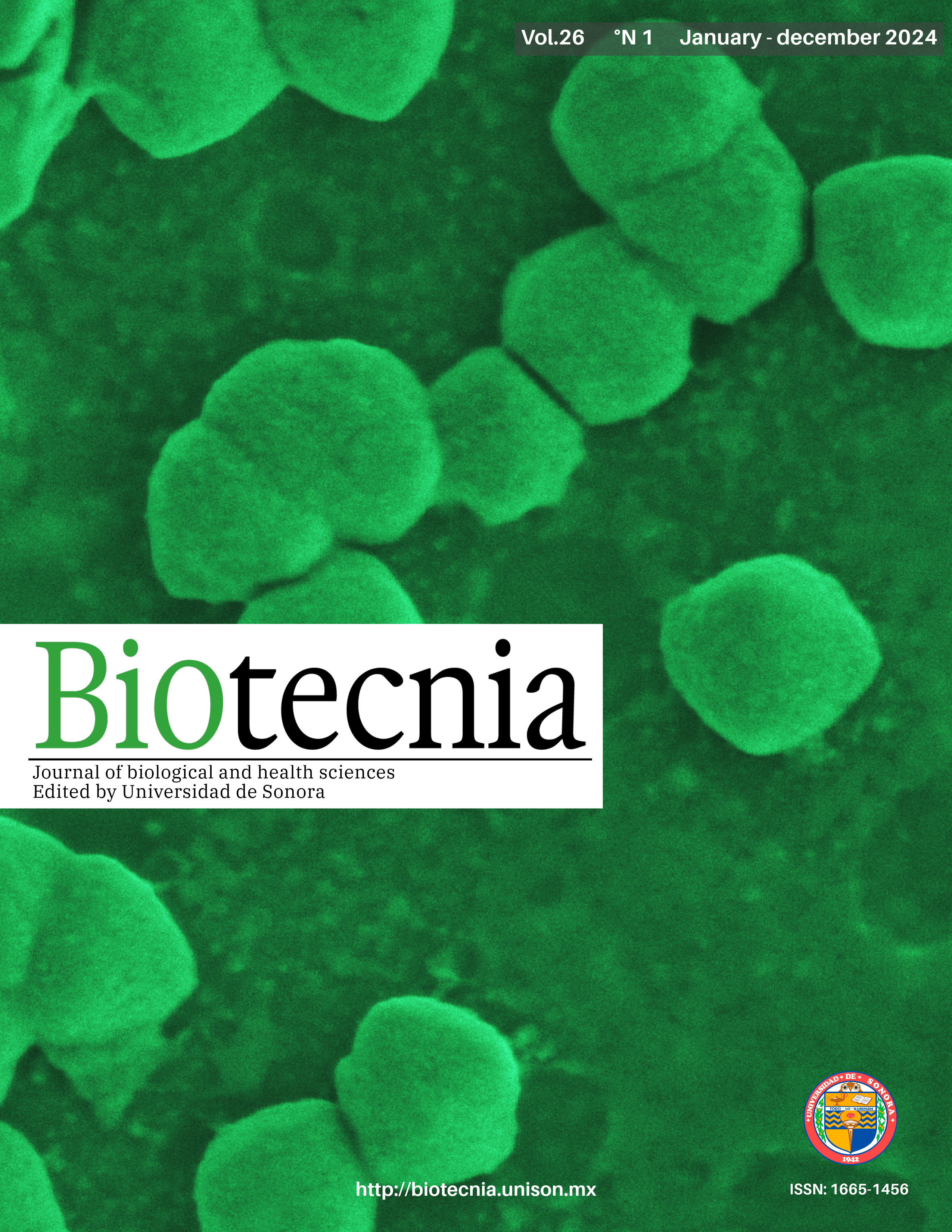



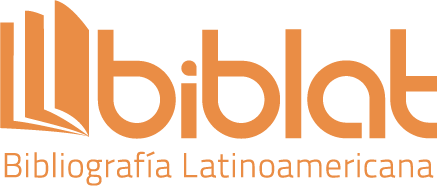



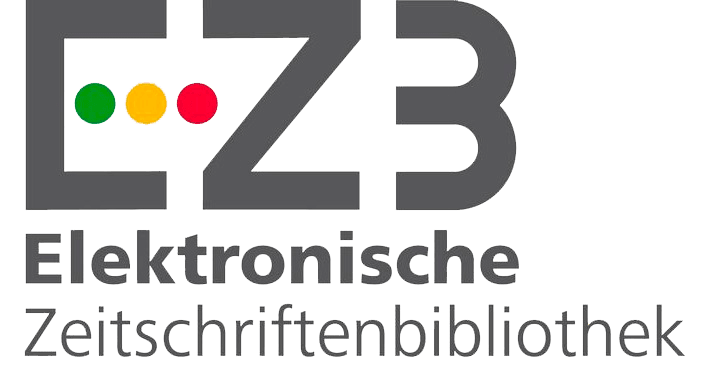


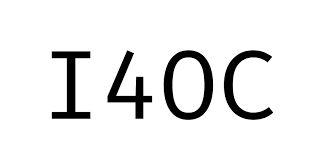


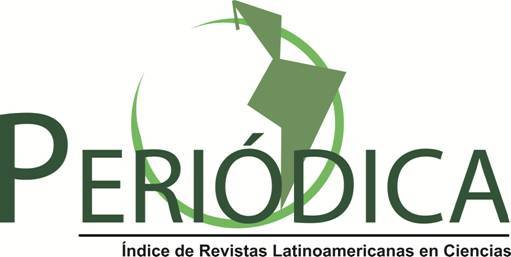

_(2).jpg)







